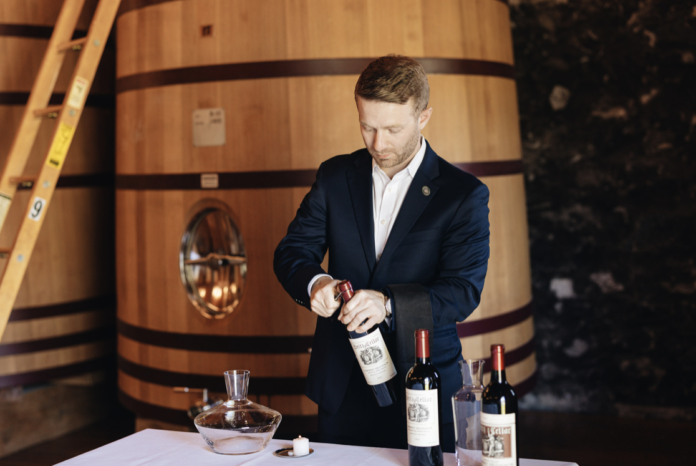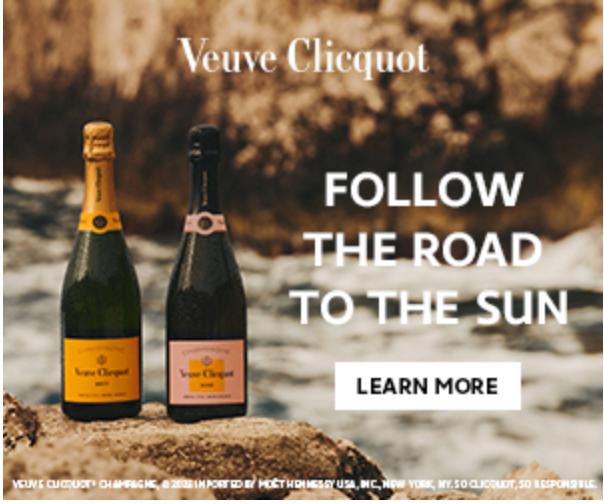Napa Wine Country’s Heitz Cellar congratulates Erik Elliott, MS
Heitz Cellar is excited to announce that Estate Director Erik Elliott has passed the Masters Exam with the Court of Master Sommeliers, Americas.
Erik is one of 10 individuals who successfully met the qualifications to be awarded the title of Master Sommelier. The results were announced at the Krug Reception on August 31, 2022, at the Royal Sonesta in Portland, Oregon.
The Master Sommelier Diploma is the highest distinction a professional can attain in the beverage service industry.
The Master Sommelier Diploma Examination consists of three sections:
a verbal theory examination,
a wine assessment exercise using the Deductive Tasting Method,
and a practical component that focuses on hospitality, beverage service, salesmanship, and overall business acumen.
Candidates must receive passing scores in each section to earn the highly coveted Master Sommelier title.
“I AM SO PROUD OF ERIK FOR PUTTING IN THE HARD WORK AND ACHIEVING THIS SPECIAL HONOR.
IT’S A JOY TO SEE MY CLOSE FRIEND AND COLLEAGUE JOIN THE COURT OF MASTER SOMMELIERS.
I HAVE WATCHED HIM GROW FROM A BARTENDER TO A SOMMELIER, A
ND EVENTUALLY A HOSPITALITY DIRECTOR TO ESTATE DIRECTOR,
ALL WHILE DEMONSTRATING HIS TIRELESS WORK ETHIC AND DEEPENING HIS KNOWLEDGE OF FINE WINE AND HOSPITALITY.”
Carlton McCoy, MS.
(Lawrence Wine Estates, CEO)



